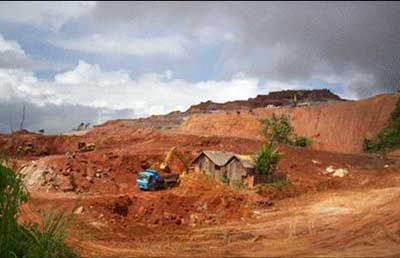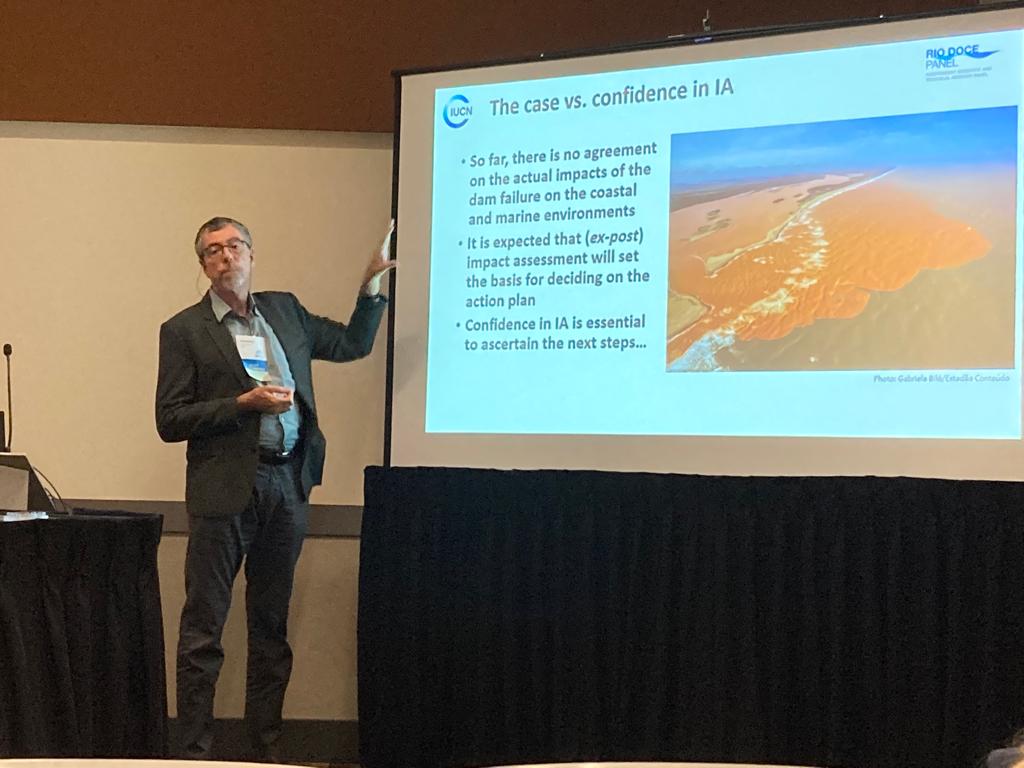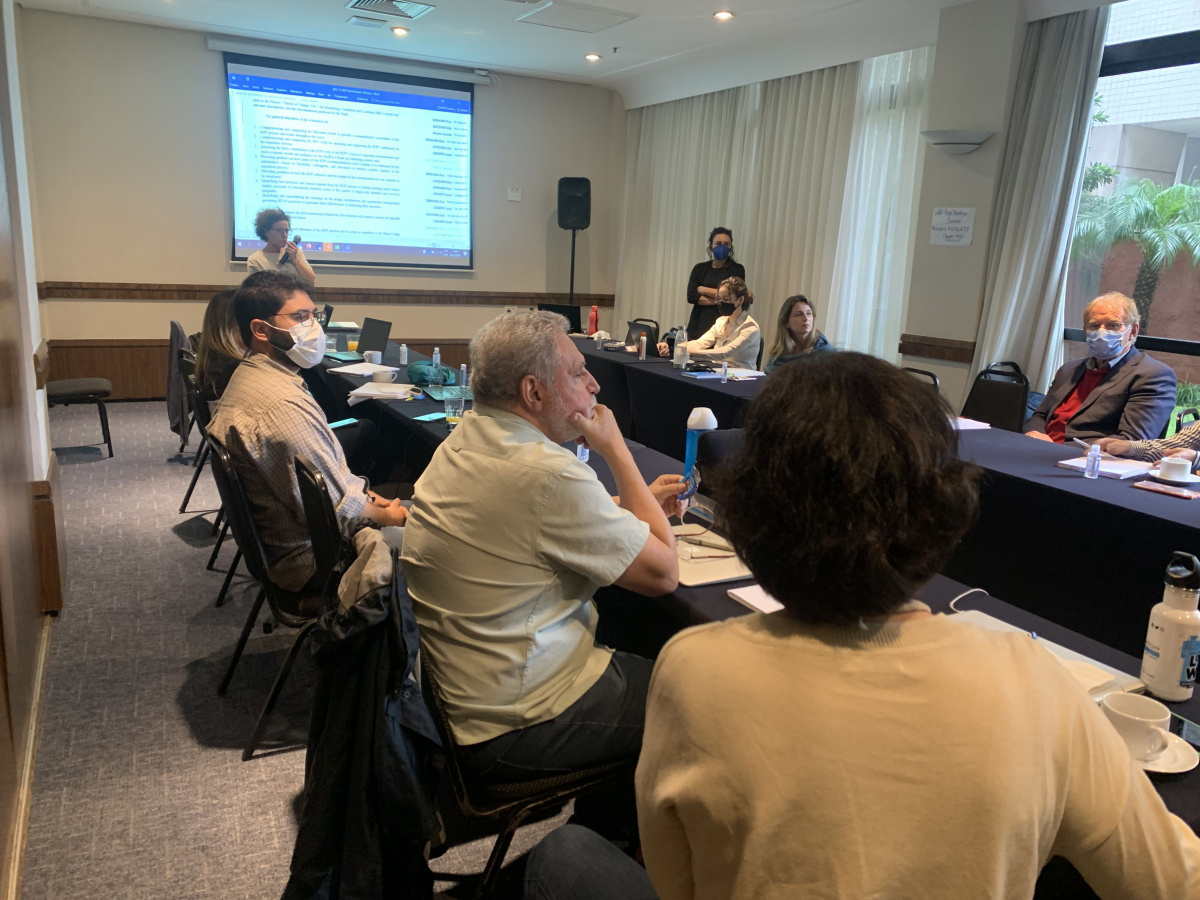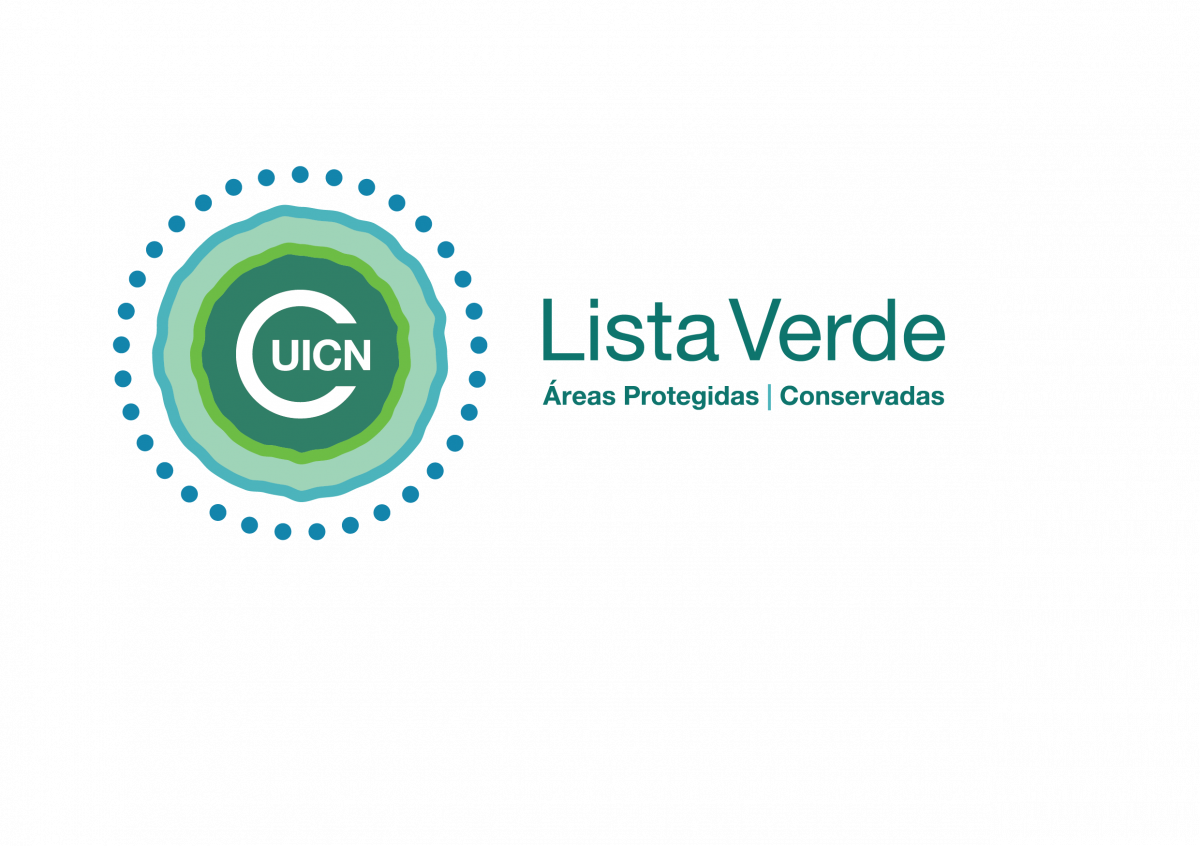Mining threats on the rise in World Heritage sites
Paris, France, 23 June, 2011 (IUCN) – Extractive industries and governments that licence their activities should commit to stopping all mining and oil/gas exploration and exploitation activities that could damage World Heritage Sites, says the International Union for Conservation of Nature (IUCN).

Photo: IUCN CEESP
IUCN, the advisory body to UNESCO on natural sites, raises concern over the rapidly increasing number of cases where World Heritage Sites are threatened by planned mining and oil and gas projects. One out of four iconic natural areas in Africa is negatively affected.
“The mining, oil and gas industries, as well as governments who licence mineral extraction, should follow the example of business leaders who have already committed not to undertake mining and oil/gas projects within World Heritage sites,” says Tim Badman, Director of IUCN’s World Heritage Programme.
“These exceptional places, which cover less than 1% of the Earth’s surface, have been included on the World Heritage List because they are of outstanding value to all of humanity. It’s the duty of every one of us to cooperate in their protection and conservation. That duty includes the extractive industry,” Badman adds.
Companies such as Shell and the financial services firm JP Morgan, as well as the International Council on Mining and Metals, which brings together many of the world’s major mining companies, have recognized the importance of conserving World Heritage Sites and have committed not to undertake activities that would damage them.
IUCN’s position, outlined in a new World Heritage Advice Note, is that mineral and oil/gas exploration and exploitation should not be permitted within natural World Heritage Sites. Mining and oil/gas projects that are located outside World Heritage Sites should not, under any circumstances, have negative impacts on these exceptional places. Moreover, boundary changes to these sites should not be used as an easy way to facilitate mining activities.
As a result of the impacts of mining and oil/gas projects, sites can be inscribed on the List of World Heritage in Danger, which identifies serious and imminent threats to existing sites and mobilises much needed support from the international community to address these. In extreme cases, mineral exploration and mining can lead to the removal of a site from the World Heritage List.
African natural World Heritage sites that are increasingly threatened by commercial mining and oil/gas projects include: Virunga National Park (DRC), Comoé National Park (Cote d’Ivoire), Mount Nimba Strict Nature Reserve (Cote d’Ivoire and Guinea), Dja Wildlife Reserve (Cameroon), Kahuzi-Biega National Park (DRC), Selous Game Reserve (Tanzania), Aïr and Ténére Nature Reserve (Niger), Manovo-Gounda Nature Reserves (Central African Republic), Mana Pools National Park, Sapi and Chewore Safari Areas (Zimbabwe). This represents 24% of the 37 African natural and mixed World Heritage sites, or one in four sites is threatened. This is an increase from 16% in 2009.
“We are seriously concerned that African natural World Heritage sites, many of which are already inscribed on the List of World Heritage in Danger, are increasingly threatened by mining and oil/gas projects,” says Mariam Kenza Ali, IUCN’s World Heritage Conservation Officer. “Fortunately, these projects are still at the planning stage, which means that governments, mining and oil/gas companies, financial backers and other stakeholders have a window of opportunity to make the right decisions for future generations by committing to preserving these outstanding sites and thereby also safeguarding the livelihoods of local people and Africa’s long-term sustainable development.”
For more information contact:
Borjana Pervan, IUCN Media Relations, m +41 79 857 4072, e borjana.pervan@iucn.org
Brian Thomson, IUCN Media Relations, m +41 79 721 8326, e brian.thomson@iucn.org
About IUCN’s work on World Heritage
Each year IUCN, the independent advisory body on nature to UNESCO, reports to the World Heritage Centre on the conservation status of certain natural and mixed World Heritage sites under threat. IUCN’s assessments on what is happening in World Heritage sites are derived from a variety of sources: IUCN members, indigenous peoples groups, the scientific community, experts from IUCN commissions and concerned individuals and organizations.



